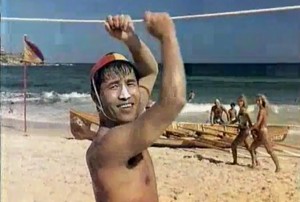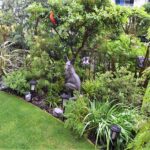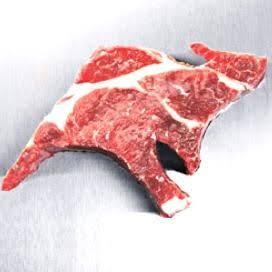
近年の「クール・ジャパン」現象はオーストラリアでは、かなり昔から現れていた。
During the late 1980s through to the mid-1990s, a time when trade friction between a seemingly unstoppable Japan and the struggling United States resulted in such incidents as American autoworkers using sledgehammers to demolish a Japanese car, Australia was slowly moving out of its self-imposed isolation to embrace the Asia-Pacific region and building the firm relationship it now has with Japan. Australia was a pioneer in the Japan Exchange and Teaching (JET) and Working Holiday programs now welcoming thousands of people from all over the world to Japan.
1980年代後半から1990年代半ばの間頃、バブルの影響により日本が世界経済に君臨しそうになったが、それに対して米国経済は後退し、アメリカ人は大ハンマーを使い日本車を破壊するなどの貿易摩擦が起きたと同時にひそかにそれまで無視してきたオーストラリアがアジア・太平洋地域に近づき今のような日本との深い関わり合いを構築し始めた。今、世界中の国々で国際交流などを行っているJETやワーキング・ホリデー制度の日本への参加の先駆けだった。
Part of Australia’s embracing of Japan during this time came through the “Japanese character” often picked up by advertisers for use on Australian TV, a trend that Mitsubishi Australia began in a 1978 ad featuring sumo wrestlers and introducing into the lexicon a still commonly used phrase of “not so squeezy” to describe a roomy atmosphere (or, alternatively when used ironically, a tight spot). This trend also made NEC’s character, Mr. Okamura, and the fisherman in the John West commercials, popular across the country.
バブル当時、オーストラリアは日本に近づこうとした。その一環としてテレビCMで「日本人キャラ」を起用することがあった。1978年三菱の豪現地法人がはじめだった。キャビン・スペースが広いトラックのCMでの、「Not so squeezy」(きつくないという意味が、皮肉的に使う場合も稀ではない)が今でもオージー英語でよく使われている。また、NECのキャラだった「Mr.Okamura」や焼津の漁師は今でも多くのオーストラリア人にとって懐かしい思い出である。








